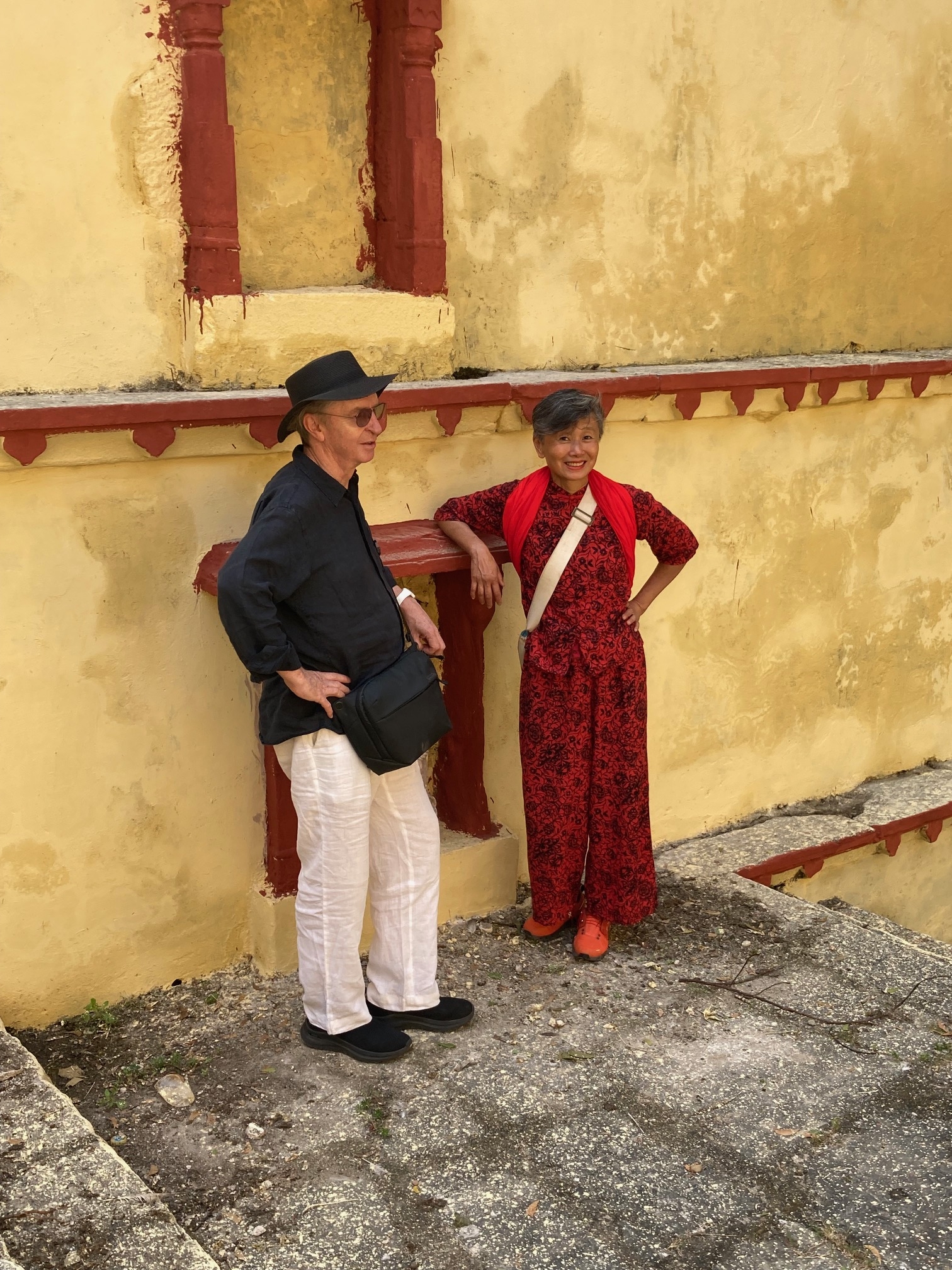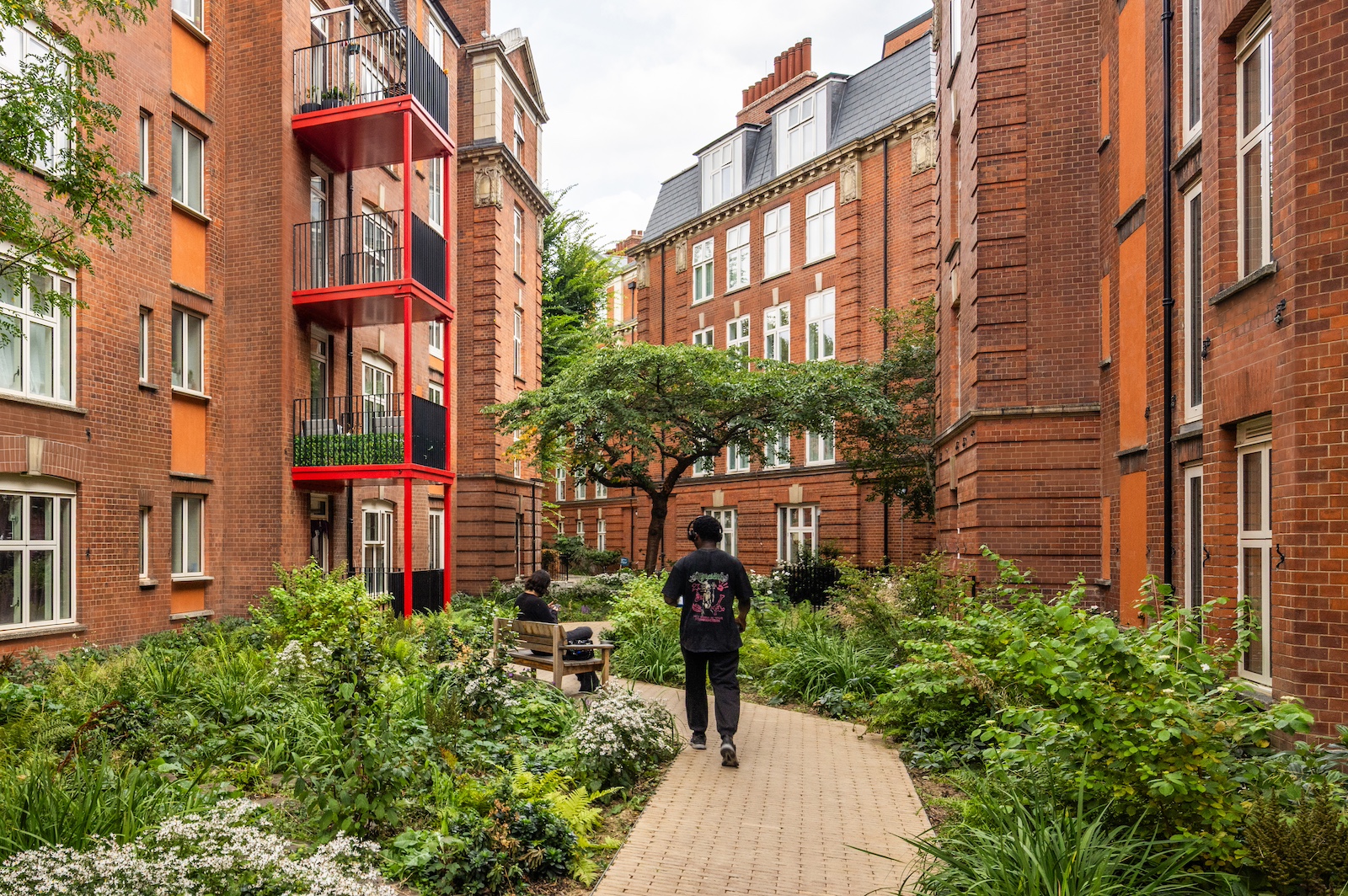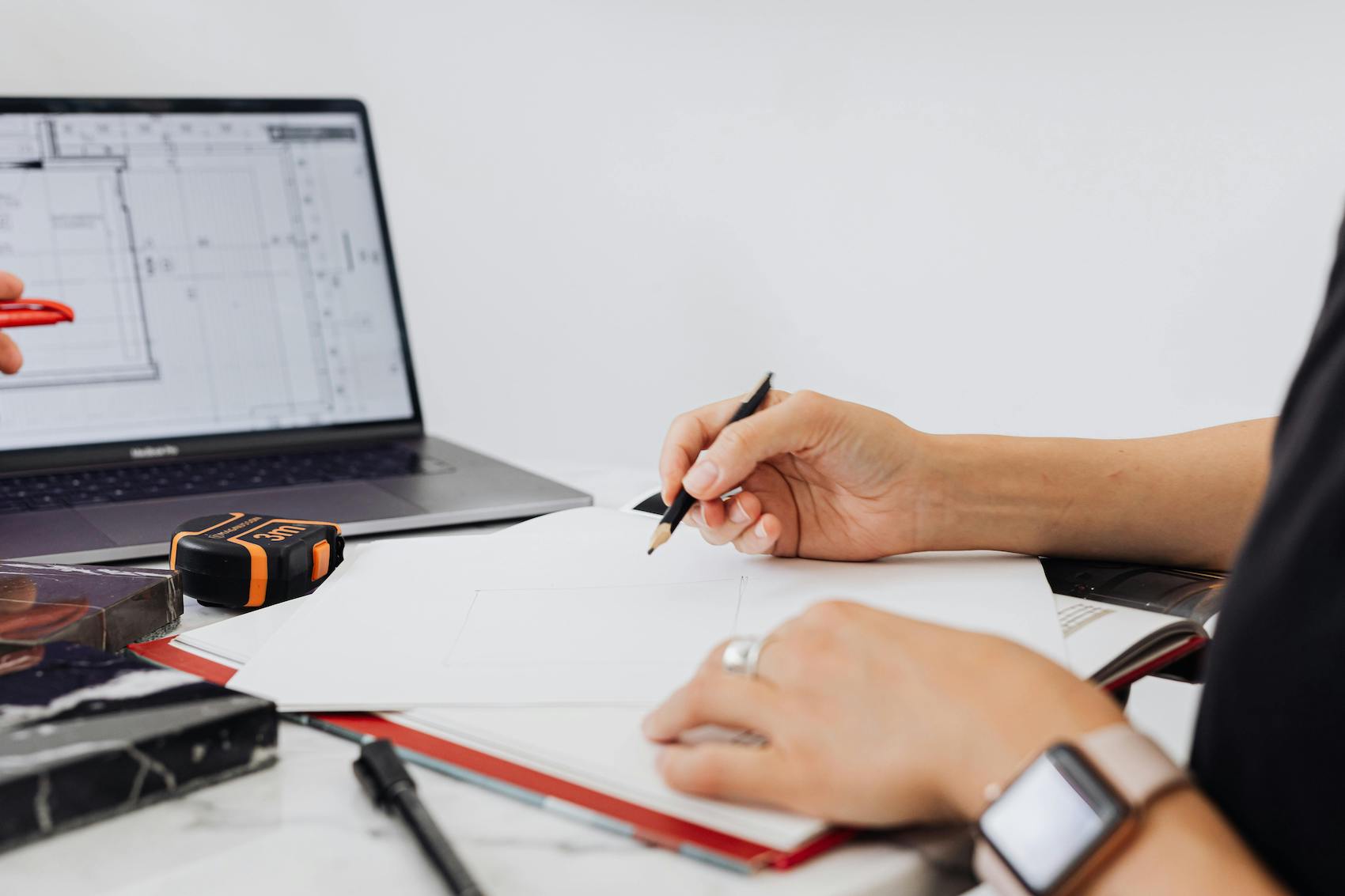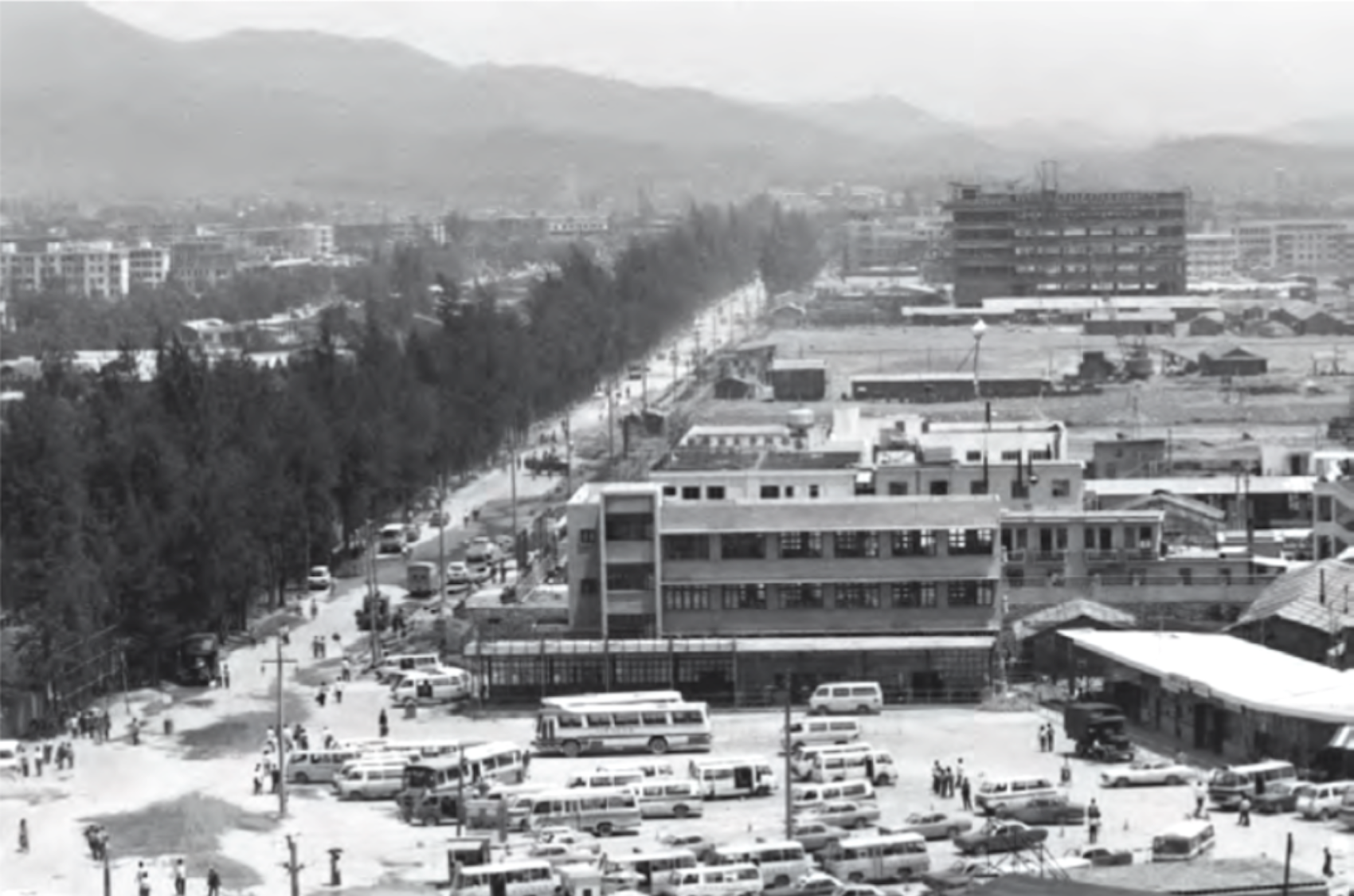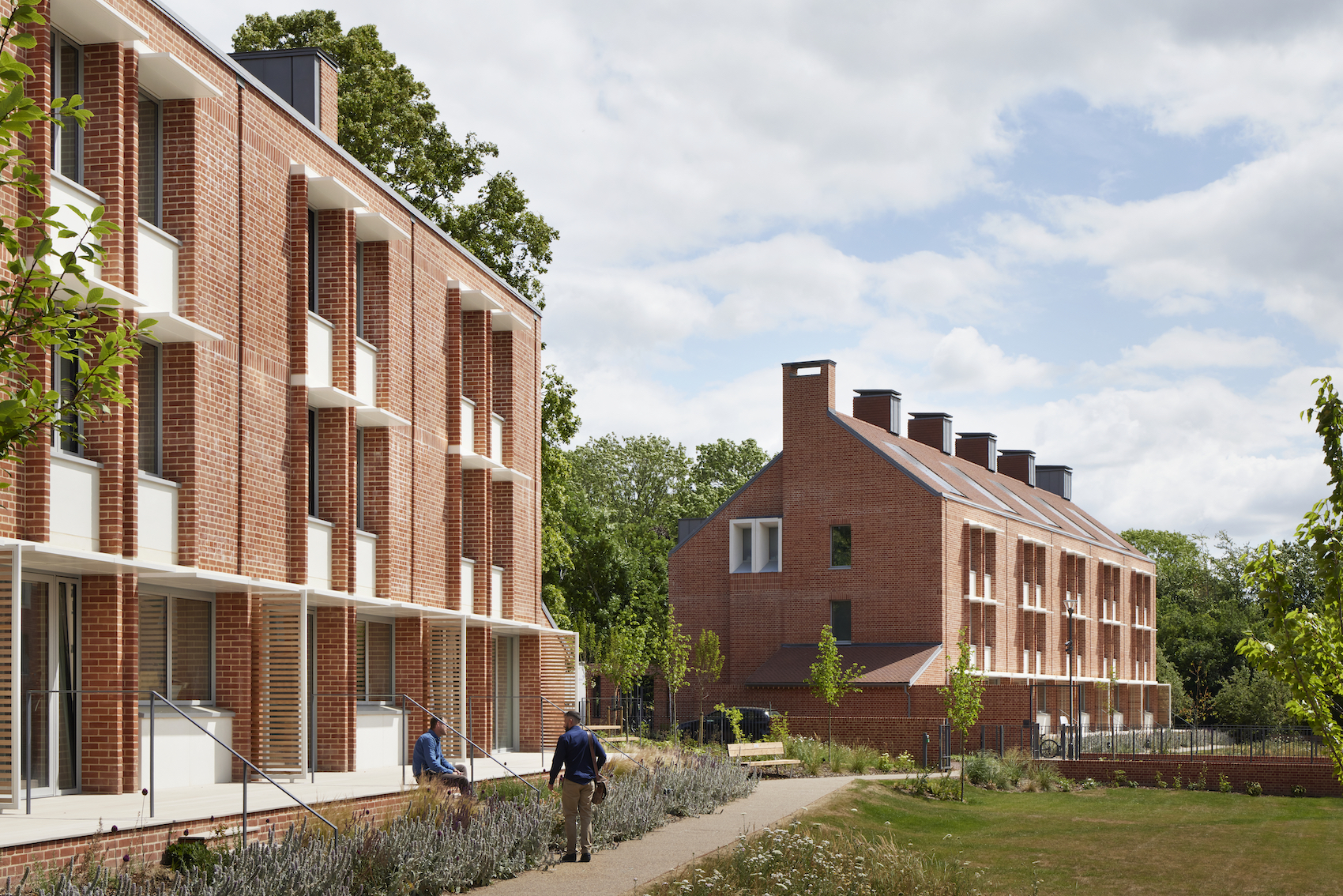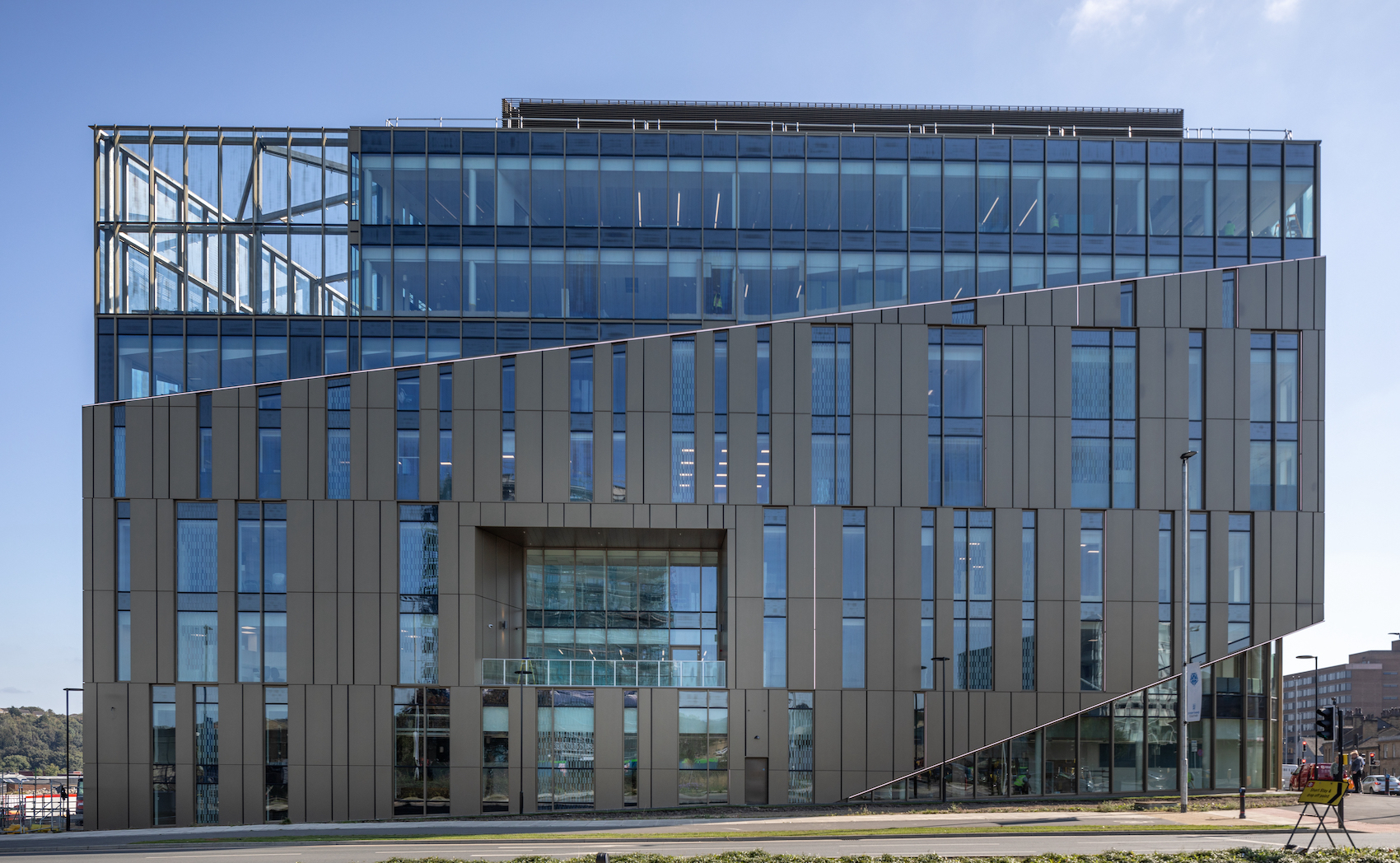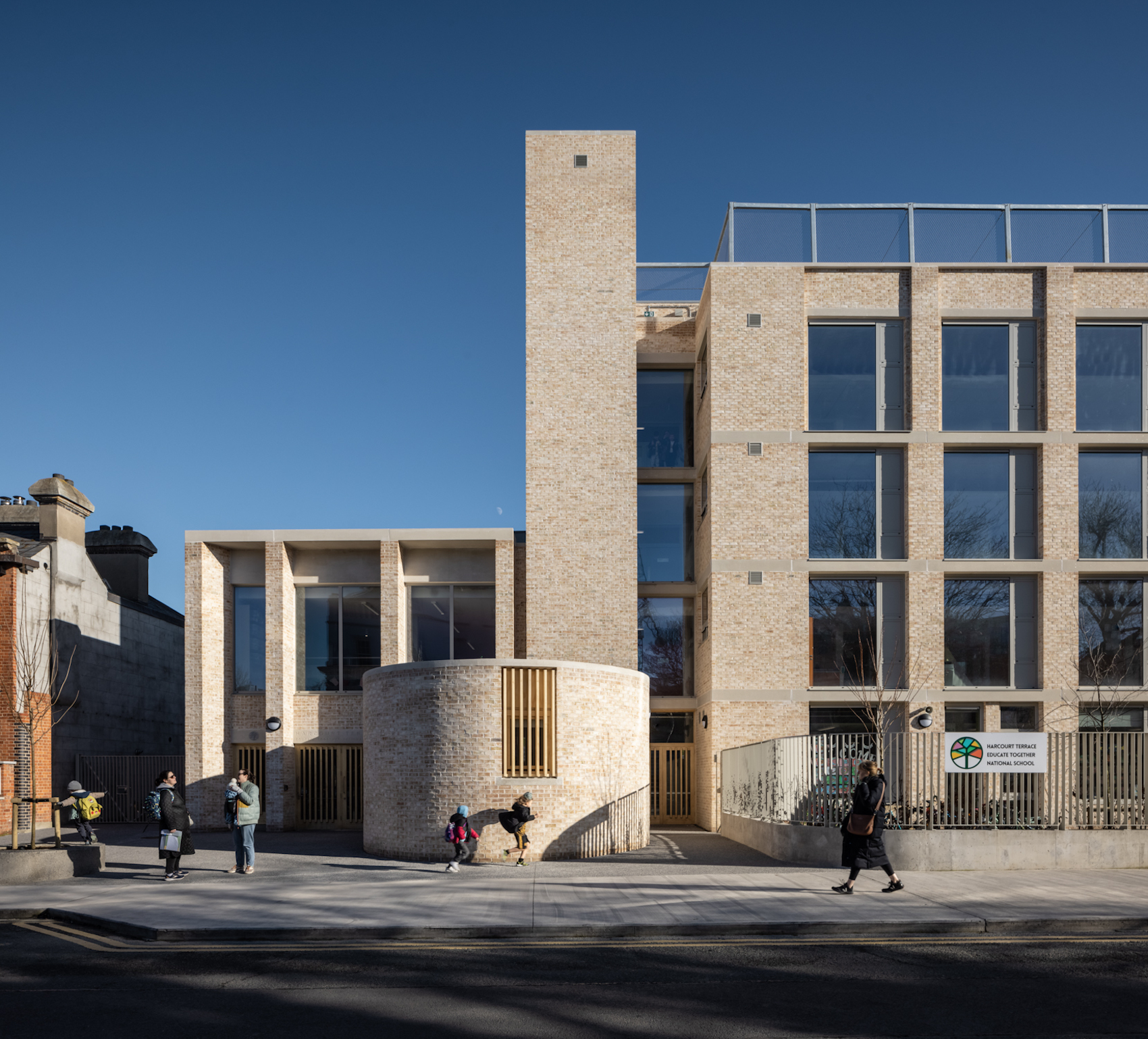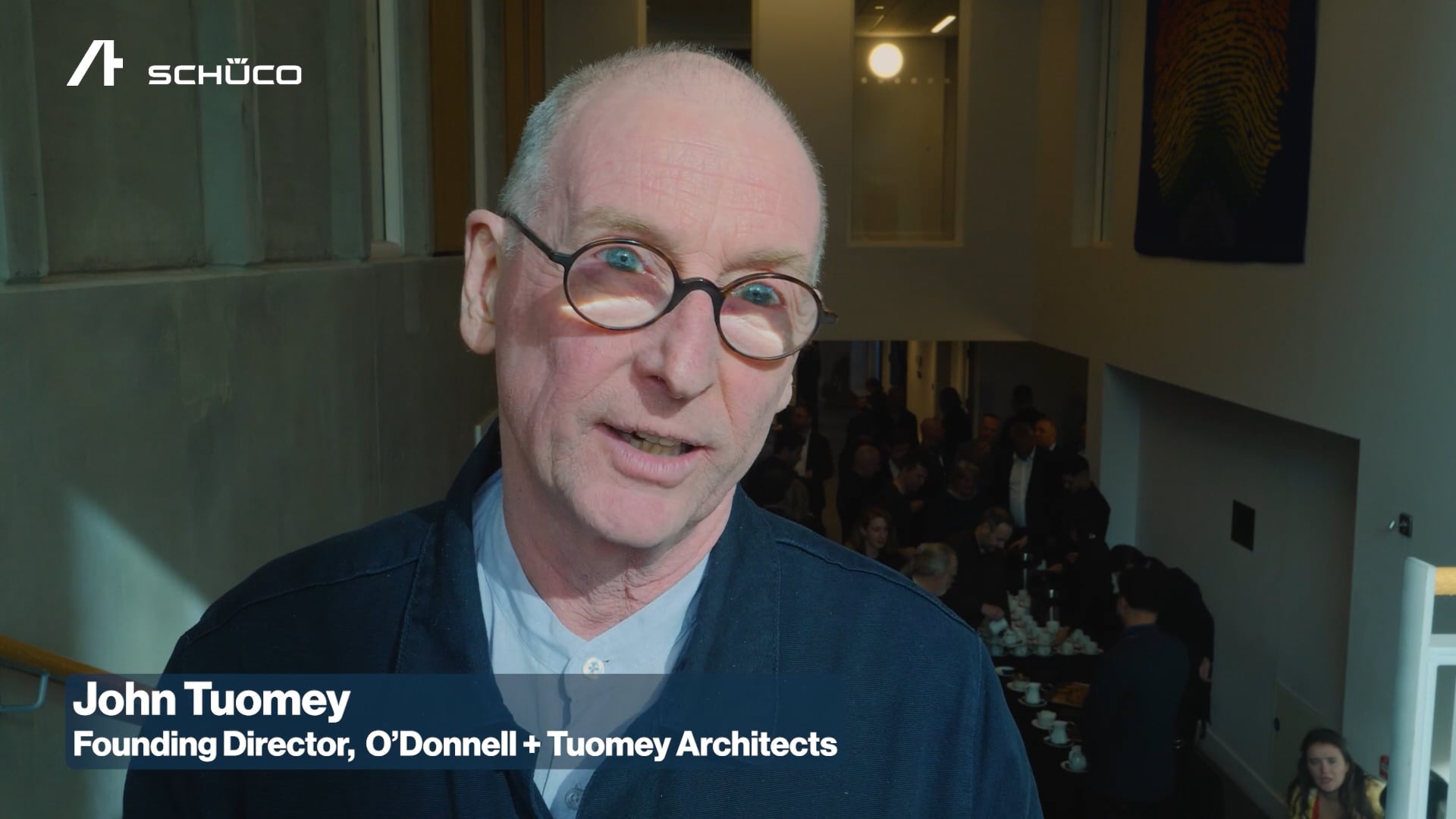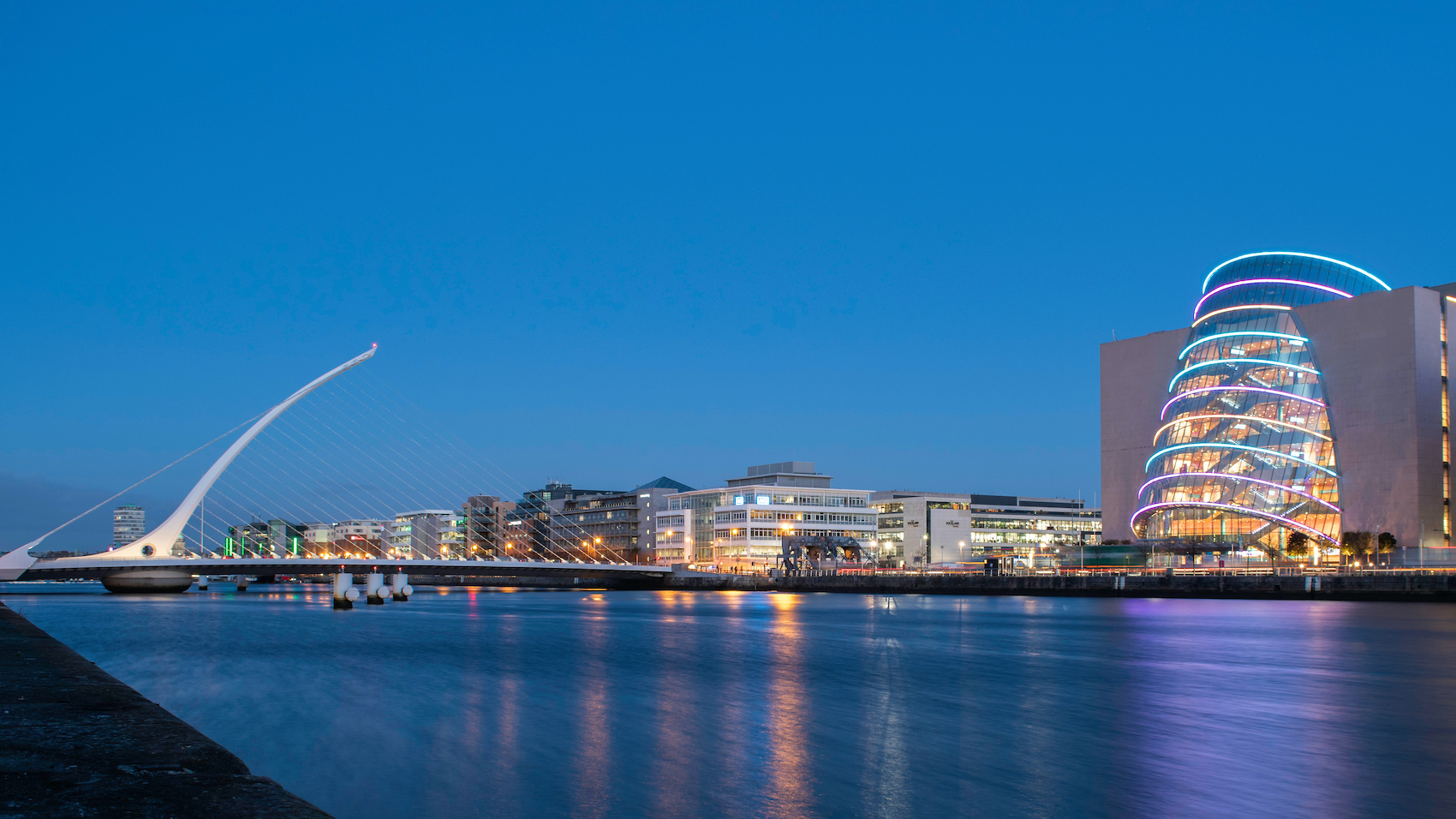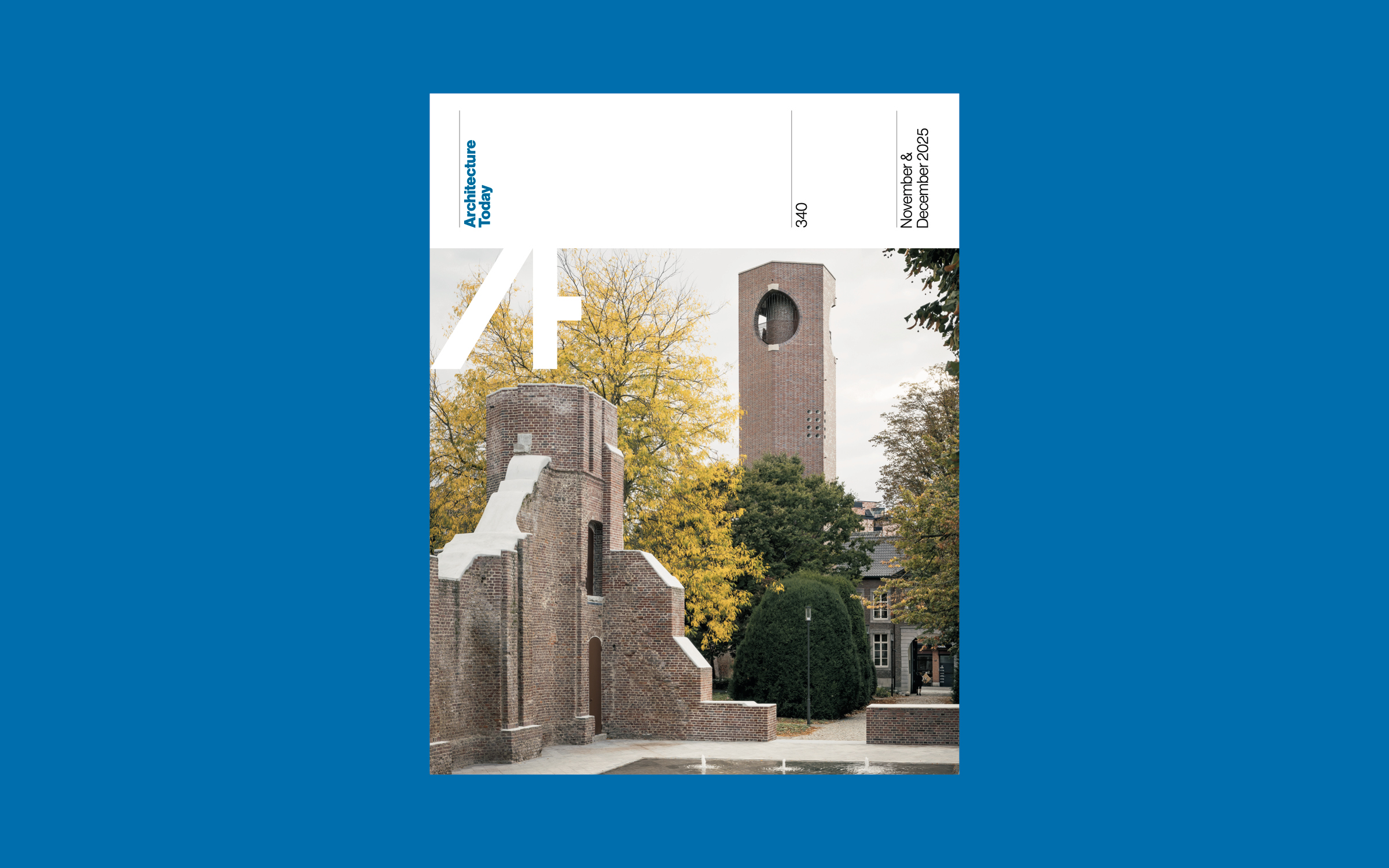Alasdair Ben Dixon of Collective Works shares why regenerative design is about far more than environmental performance — it’s about restoring communities, embracing collaboration over competition and aligning purpose with practice.
Alasdair Ben Dixon at one of their ongoing projects, The Remakery, which is a co-operative workshop in South London. “There’s also a zero-waste vegetarian cafe, a reclaimed timber store and six communal rooms for a variety of projects.”
As architects we practice the most public of the arts and so the issues that society is concerned with are entangled in our day-to-day work. I find that responsibility incredibly engaging and what really inspires me is seeing people who understand that connection use their work to nudge the bigger system – to improve society, restore the planet, or broaden the profession. We know full well that we need to move away from degenerative, extractive, exclusionary forms of practice – and we all realise that the paradigm of sustainability has only got us so far. The groundswell of architects now genuinely dedicating themselves to regenerative practice – whether driven by values, younger colleagues, innovation or simply the market – is brilliant to see.
At Collective Works, we strive for all our work to be regenerative in some way. We’re doing plenty of domestic retrofit, which by its nature involves improving the energy efficiency and comfort of existing buildings. We’re also working on some exciting community lead projects, either creating health and wellness spaces or improving the accessibility of existing public places. The project I wanted to discuss here though is the Remakery, which we’ve been involved with in various ways since 2012. It’s a completely unique makerspace, having been borne out of the first inner city Transition Town in Brixton. It was built almost entirely by volunteers, and was democratically supported by Lambeth’s Your borough Your choice award. It’s been through many iterations and now provides affordable studio space for ten ecologically and socially focussed entrepreneurs. There’s also a zero-waste vegetarian cafe, a reclaimed timber store and six communal rooms for a variety of projects. Having helped the project get planning in 2012, and with the self-build in 2014, and returned regularly for both projects and parties over the last decade we’re now proud to be retrofitting the Remakery with improvements to the insulation, access, and layout as well as acting as their Principal Designer. The space thrives best when people get involved and launch projects there so if you’re interested drop by for one of their regular events and become a member.
We used to debate whether purpose should follow profit or vice versa, but at the end of the day people must be motivated by the work they do and will only be inspired to do it well when there are reasons beyond a paycheque. It becomes clear in practice when you’re doing too much of one thing or have projects with too little connection to your purpose. If people aren’t enjoying the work or finding it meaningful the rest quickly becomes irrelevant. We now look at each new project far more thoroughly and have a developed a system to understand the reasons for taking on certain types of work, as well as what we should be saying no to. If there’s a mismatch in values clients will sense it anyway – authenticity is hard to come by, and following your values, or finding your ikigai, is the way to create a resilient, and hopefully regenerative business.
Clients will often describe regenerative futures, but often using other language around social value, social sustainability, net positive etc. Even if they’re not naming it, we see and hear far more understanding around a building’s critical connection to health, carbon, livelihoods, and a thriving society. There is risk of course, with ushering in a new term that is it co-opted and becomes somewhat meaningless. That applies in every era and so we’re not expecting the word itself to save the day. What we are hopeful about is making real the sense that things can be better – which is the demands of clients, stakeholders and the next generation.
As architects, I think we should probably drop the pretence that we each have some special sauce. At this moment we are all working in a very small niche, at an important moment in history. Through time we won’t remember the foibles, just the broad push of a profession that hopeful showed leadership at a time when the prospects of a decent future often felt bleak. Imagine bumping into one of your so-called competitors in 50 years’ time – I very much doubt you’ll remember the competition then, just the shared endeavour. I’d encourage everyone to try thinking about things from a longer perspective, and nurturing more shared values, than competing interests.
Alasdair Ben Dixon
Collective Works
London N1



